Dental evidence is first used in a U.S. court to identify a body.
The Vampire Rapist, a Canadian serial killer, is sent to prison.
Megan Kanka, age 7, bites her attackers hand. The bite helps convict her murderer.
DID YOU KNOW?
In 2005, Ray Krone was on the TV show Extreme Makeover. Krone used to be known as the Snaggletooth Killer. He was proven innocent in 2001. The show replaced five of his front teeth as part of his makeover.
FORENSIC DENTISTRY
In October 1969, Canadian police found a young womans body. It had been dumped behind some apartments. Shirley Audette, 20, had been murdered. There were bite marks on her body.
Her killer, Wayne Boden, later became known as the Vampire Rapist. He raped and killed four women in Montreal. He savagely bit them during the attacks. Then he moved nearly 2,000 miles away to Calgary. He attacked another woman there. Police caught him shortly after that.
Canadian police asked orthodontist Gordon Swann for help. Swann contacted the U.S. FBI for advice. He then made a cast of Bodens teeth. Investigators compared the cast to the Calgary victims bite wounds. There were 29 points of similarity. It was enough to convict.
The Vampire Rapists bites put him away for good. Wayne Boden was the first murderer ever convicted by bite mark evidence. The year was 1972. Boden died in prison in 2006.
Forensic Odontology
Forensic dentistry is the study of teeth to solve crimes. It is also known as forensic odontology. Forensic dentistry has two main uses. One is to identify bodies using dental records. The other is to use bite mark evidence to convict criminals.
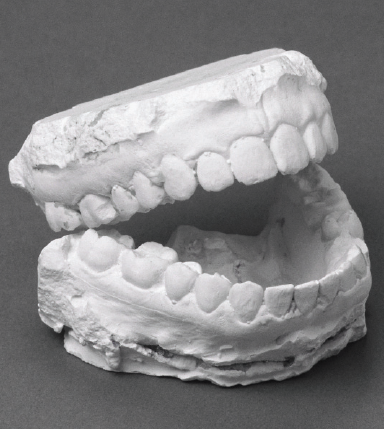
Investigators, comparing a cast of Bodens teeth to the victims bite wounds, were able to prove that he was the Vampire Rapist.
Sometimes a victims body is badly burned or otherwise unrecognizable. In these cases, scientists may look at the victims teeth. They are compared to dental records. The victim can be identified that way.
False Teeth Hang a Murderer
Forensic dentistry was first used in a U.S. court in 1850. A sensational trial took place in Boston. A wealthy man named George Parkman had been murdered. Dr. Nathan Keep was his dentist. He had made false teeth for Parkman.
The killer cut up Parkmans body. Parts of it were burned. It was difficult to prove it was even him. However, a jawbone was found. It contained the false teeth. Dr. Keep recognized his work. He told the court he was sure the body was Parkmans. Dr. Keeps statement helped convict Professor John Webster. He was hanged for murder.
Tidal Wave!
Forensic dentistry is also used after mass disasters. Its hard to identify victims when there are many bodies. Thats where forensic odontology comes in.
A tsunami struck southeast Asia in 2004. The huge tidal wave killed more than 200,000 people. Dental records helped identify the bodies. Some victims had never been to a dentist. Many of these bodies remain unidentified even today.
Bite Marks Can Prove Guilt
Bite mark evidence is another important use of forensic dentistry. Wayne Boden was the first murderer convicted by this type of evidence. Infamous serial killer Ted Bundy was another. Bundy killed at least 29 young women. He may have killed more than 100. He killed so many he lost count.
Bundy was good at covering up his crimes. But his bite gave him away. One of his last victims was Lisa Levy. She was a college student in Florida. Bundy attacked her in her bed one night. He bit her during the attack. The bite marks on her body matched Bundys teeth. This and other evidence convicted him. Ted Bundy was executed in Florida in 1989.
Megans Law
Bite mark evidence was also crucial in the Megan Kanka case. The little girl, age 7, had been murdered. She bit the killers hand as he was attacking her. Megans bite marks helped convict Jesse Timmendequas. He had lived across the street from the Kankas.
Timmendequas was a violent sex offender. Hed been in prison. But people in the neighborhood didnt know. One day he lured Megan over to his house. He said he would show her a puppy.
New laws were made after Megans murder. Together, these laws are known as Megans Law.
Megans Law protects neighborhoods from sex offenders. Sex offenders now must register when they are released from prison. They must tell police where they live and work. They also must tell police if they move or change jobs. The police tell people in the neighborhood about the offender.
Web sites are also part of Megans Law. These free public sites list information about known sex offenders. That way people can see if there are sex offenders in their area.
Is Bite Mark Evidence Real Proof?
There is some controversy about bite mark evidence. Its not always foolproof. A bite mark in something like wax is pretty clear. But human tissue has many layers. Skin can stretch or shrink. Fluids can fill in spaces. The evidence can be subjective. One expert can interpret it differently than another.
Ray Krone is a good example. A court convicted the former postal worker on bite mark evidence. One of his top front teeth stuck out. He was nicknamed the Snaggletooth Killer.
A woman had been murdered in a Phoenix bar. There were bite marks on her body. Ray Krone had a clean record. But the bite mark evidence convicted him of murder. In 1992 the court sentenced Krone to death. At a new trial in 1994, his sentence was changed to 46 years in prison.
An Innocent Man
In 2001, scientists performed DNA testing on fluid found on the victim. Computer analysis compared it to a nationwide database of DNA samples. There was a match. The results proved that Kenneth Phillips was the actual killer. Ray Krone was innocent.
In 2002 Krone was released. By then hed been in prison for over 10 years. The government awarded him $4.4 million for the mistake. The Arizona legislature publicly apologized.



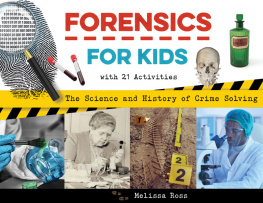
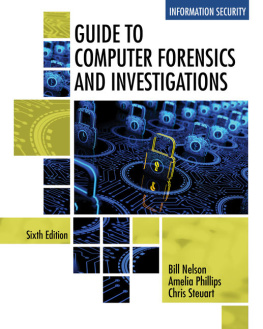
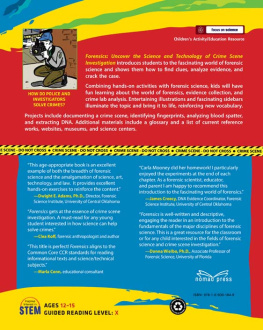
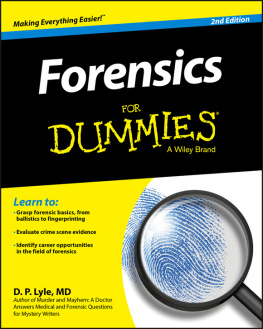
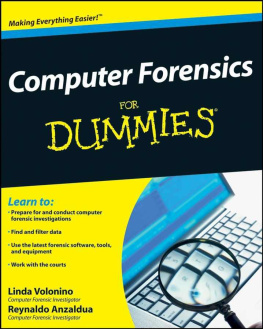
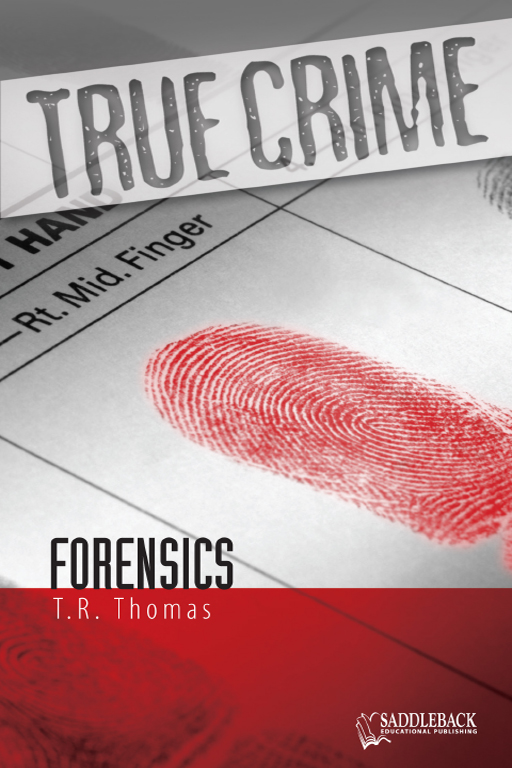


 Investigators, comparing a cast of Bodens teeth to the victims bite wounds, were able to prove that he was the Vampire Rapist.
Investigators, comparing a cast of Bodens teeth to the victims bite wounds, were able to prove that he was the Vampire Rapist.